With the Alphacool Eisblock Aurora Acryl GPX-A for the new RX 6900 XT, 6800 XT and 6800, AMD now also has the right coolers for the current Radeon cards to the side. Big Navi on Ice is not quite there yet, but at least the chip and the circuit board is a well cooled submarine, so it’s really nice under water. Such a water cooling system makes sense with power losses of the entire card of 300 watts and more and also creates a real added value. Let’s start with the Alphacool product now, since it was the first model available to me.
Scope of delivery and unboxing
Compared to the GPX-A predecessors, the manufacturer has fundamentally reworked the cooler once again, which will be clearly noticeable later in the test, but all in good time. The edge design of the plexiglass front isn’t really new, only the rest of the substructure has been redesigned from scratch, just like the new GPX-N for the Ampere-RTX, which you’ll notice. Unboxing and accessories? Let’s see what we find in the box. What you get for the almost 127 euro is a pre-assembled cooler with terminal, including a recessed 5V aRGB strip and matching preci-dip adapter, a backplate with cooling function, two rimless plugs, screws, thermal pads and thermal paste. The manual is available in printed and digital form, exemplary.
With which we can now elegantly move on to the water block. Alphacool has completely redesigned this product, as it did with the NVIDIA new edition. Based on the given Leave-Out Areas one managed to put a quite thin cooling block on its feet and also to further reduce the remaining cold plate thickness above the GPU. The design of the water flow also includes the electrical board layout and focuses on the thermal hotspots at voltage converters, GPU and the memory. The coils are deliberately not cooled, because if they become too cool, the scraping of high flowing currents becomes more prominent. This is an effect that nobody really wants. To let the Lorentz force run free is somewhat counterproductive, because the cooling is sufficient and there is a certain temperature window for such coils.
The back shows the material used very clearly. Due to the thinner material the GPU can determine the actual footprint without elevation, the slightly lower memory devices have an elevation that allows the use of 1 mm thick special pads. This is where the super-soft pads with a crumble factor are used, which can adapt to almost any thickness below one millimeter without pressure. Interestingly enough, all AMD cards so far had no tolerance problems with the height of the package and the resulting final thickness of the layer between the memory module or MOSFET and the cooler bottom should be well below one millimeter.
The water block is 26.25 cm long, 13 cm high and 2.45 cm thick. The material used is nickel-plated electrolytic copper and the cooling fins are 0.6 mm thick. Unfortunately, there are no official data on the channel width and the remaining cold plate thickness. The cover is completely made of acrylic and the angular corners reflect the rays of the aRGB light bar nicely back and forth, so that a rather colorful, large-surface image is created. This is of course a matter of taste, as always. This also includes the excessive and optically very dominant use of O-rings, which in this quantity do not make it easier to dismantle the block in an emergency for basic cleaning. Maybe Alphacool should think about another color than black to make these inlays a bit more discreet.
The backplate is included in the scope of delivery and is actually not needed for the backside cooling of the RAM modules, because they really stay cool, as we will see in a moment.
Assembly
The assembly is simple and does not need to be explicitly described. It is important that the pads are placed on the cooler and not on the PCB, so that they do not fall off or slip when the PCB is turned over and placed on the cooler. Only the areas of the storage tanks and the voltage transformers are occupied here. The two small pads can actually be omitted, since the small buck controllers underneath hardly get hand-warm.
I also have to say a word about the thermal paste, because the chip is quite big. Ideally, you should use a slightly more viscous paste which does not contain as much silicone and which then remains where you have applied it and which bleeds out over time. For this reason, I recently started using the Subzero from Alphacool or the Phobya NanoGrease Extreme, which are not advertised so extensively, but are very useful.
After that you screw the whole thing together, connect the hoses and you are done. Well, not quite, because the aRGB header must of course still be connected to the motherboard. This is fast and compatible with any current motherboard with 5V digital output.
For those interested, I have attached the manual as a PDF file here, where the rest is described for the successful water battle
Datasheet GPX-A














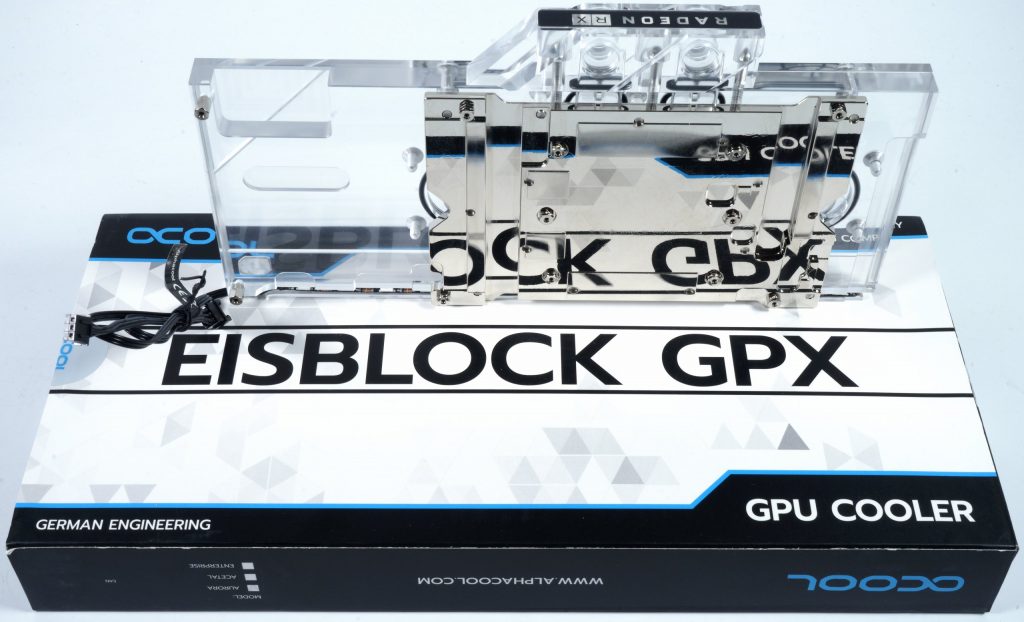
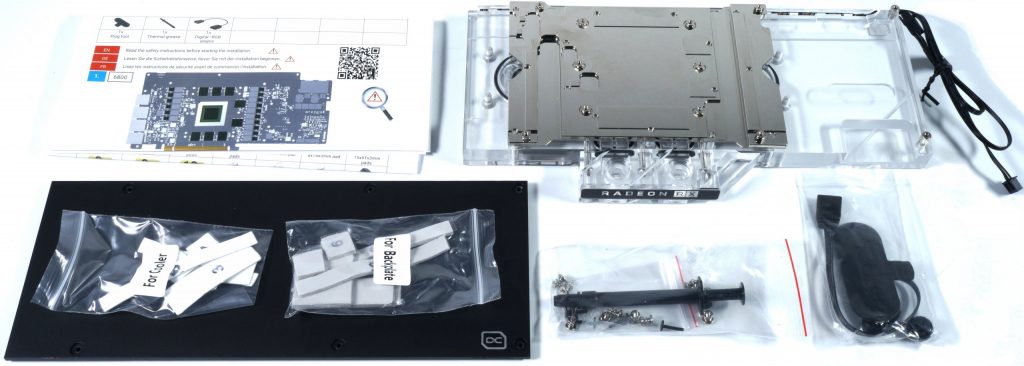
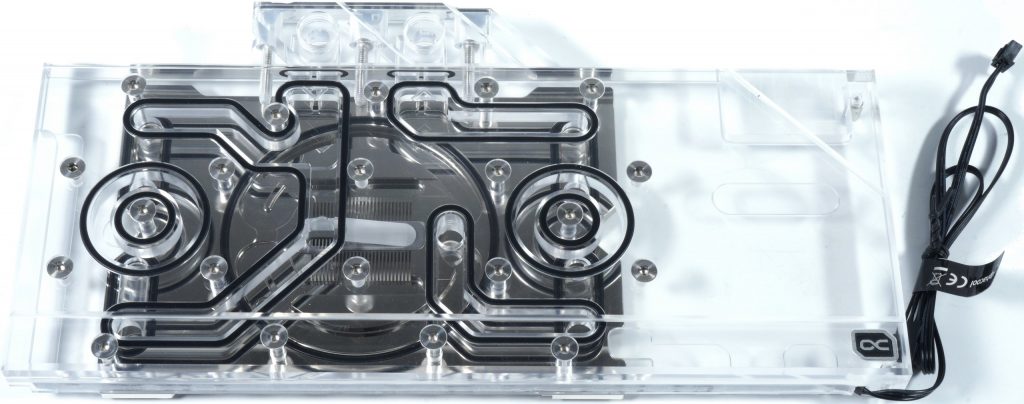
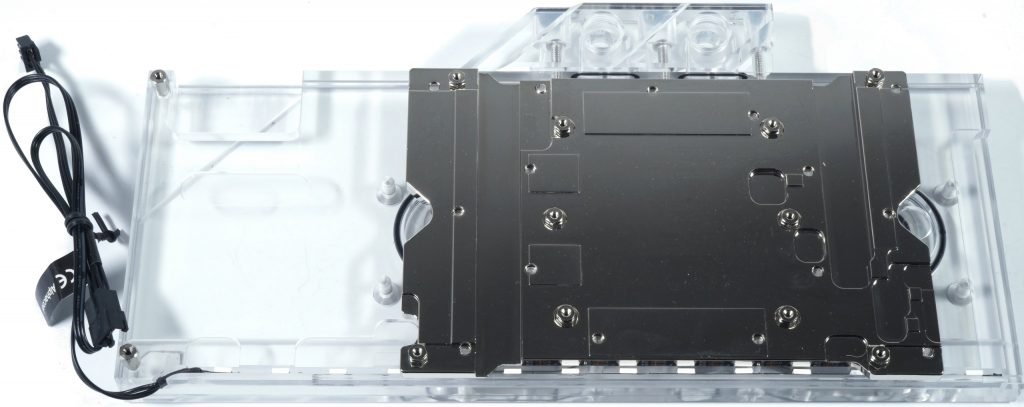
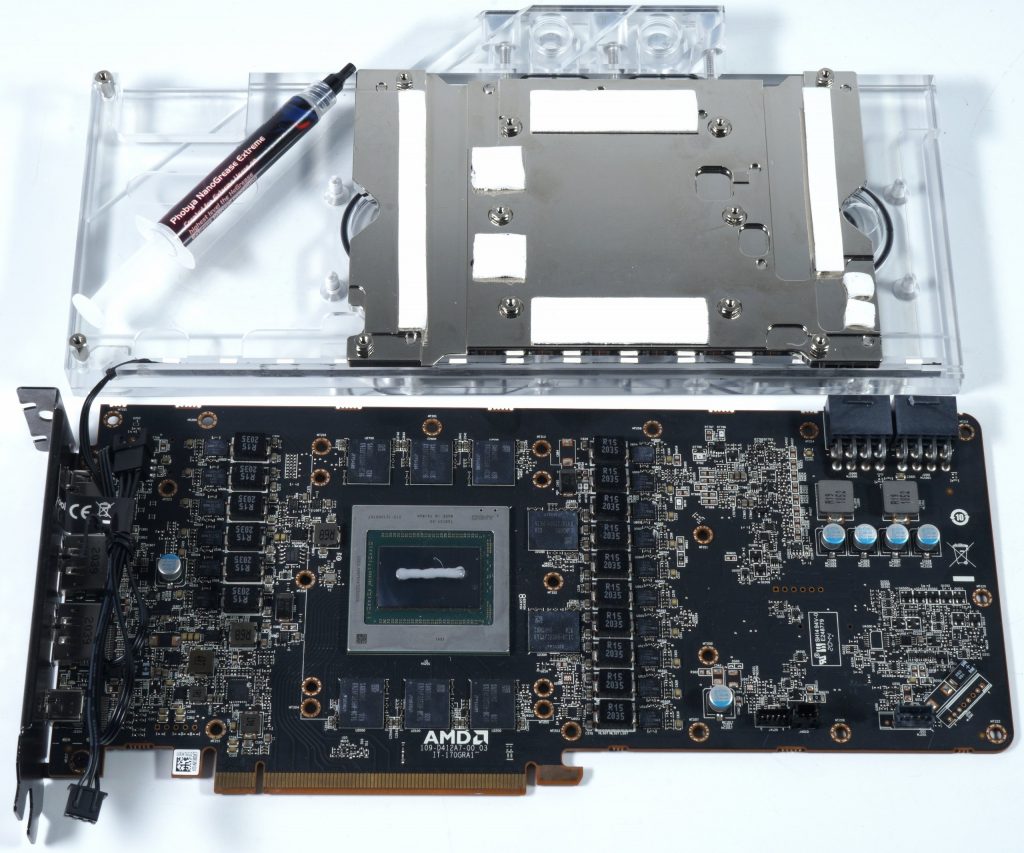
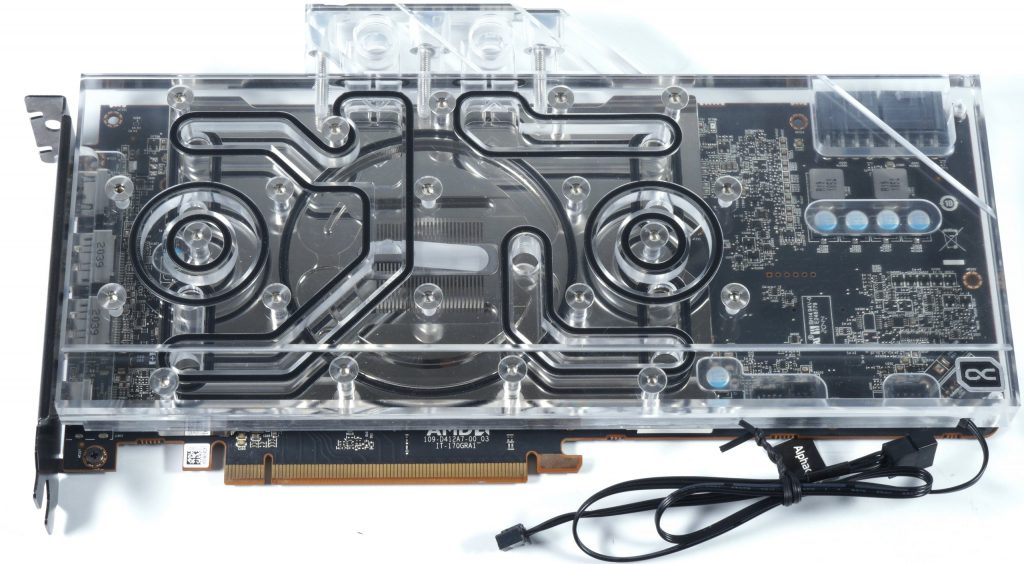
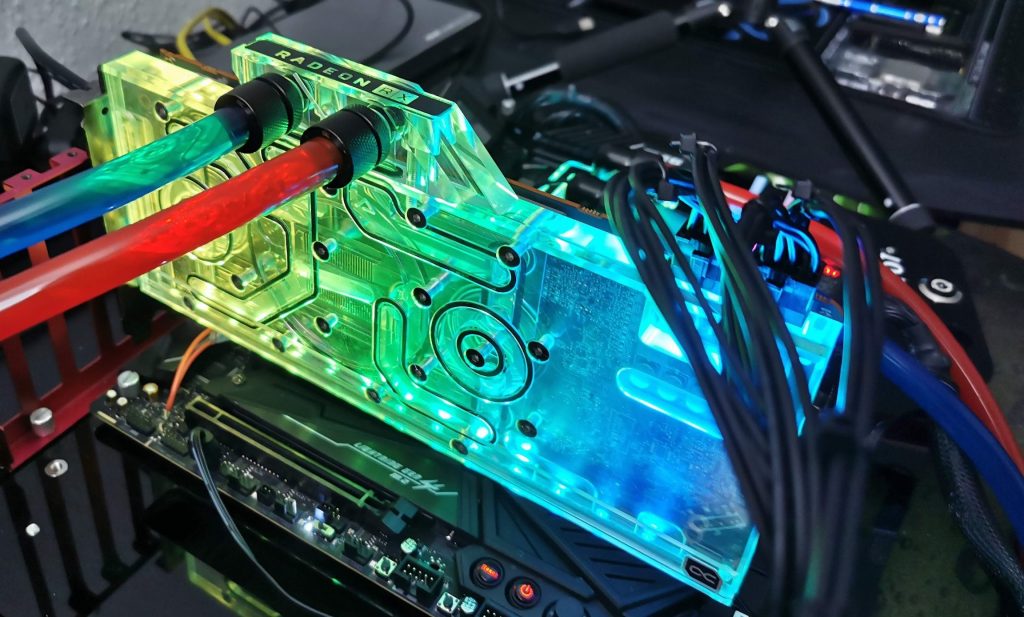
















Kommentieren